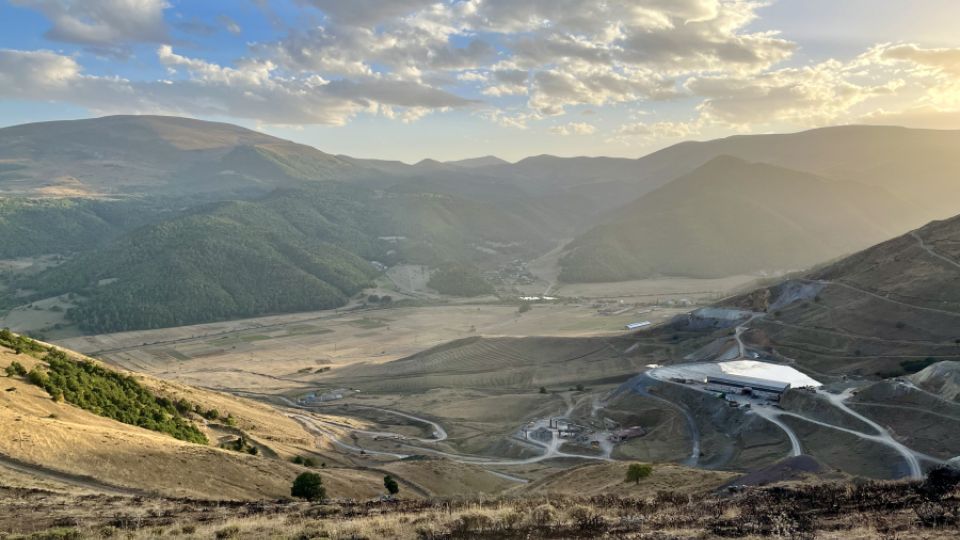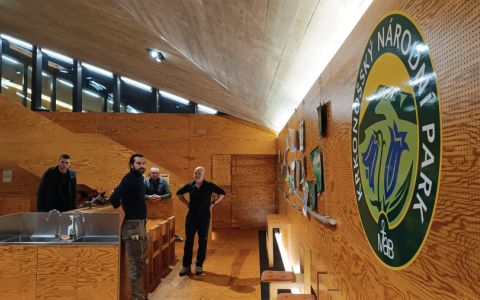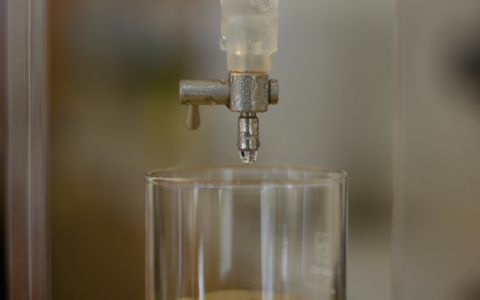Armenia is known not only for its long history, breathtaking mountains, and unspoiled nature but also for its mineral wealth. As a result of the move away from fossil fuels, the need for the raw materials required for renewable energy production and storage is emerging. As a country with reserves of these raw materials, Armenia is thus becoming a significant player in the global market. This fact raises the question of their extraction and processing impact on local communities.
The mining industry in Armenia is an essential component of the national economy. There are currently around seven hundred mines in Armenia, of which four hundred are in operation. Of this number, approximately thirty mines extract metals, mainly copper, molybdenum, and gold. Between 2008 and 2015, mineral exports accounted for forty percent of total exports. In 2020, the European Union was Armenia's third most important export market. The EU mainly imports industrial goods and raw materials from Armenia, which accounted for over ninety-five percent of imported goods in 2021. This group includes base metals as copper, molybdenum, gold, silver, and zinc. Other significant importers of Armenian goods are Russia, China, Switzerland, and Iraq.
In September this year, the European Commission published the European Critical Raw Materials Act, which is expected to reduce the need to extract rare raw materials and increase their recycling rate. In her statement, European Commission President Ursula von der Leyen stressed that “without secure and sustainable access to the raw materials we need, our ambition to become the first climate-neutral continent is at risk”.
So how does the mining industry work in Armenia? The largest metal deposits are located in Kayaran and Agarak (copper, molybdenum), in Shamlugh (cupper), in Sotq (gold), as well as in the more modest gold reserves of the Meghradzor and Shahumyan gold-polymetallic deposits. The remaining localities are operated intermittently. Some stand idle for several years. Mining operations include opencast or underground mines, tailings ponds for liquid mining waste, tailings dumps, and possibly industrial units for processing raw materials.
Such operations in Armenia are often located in areas of small villages and towns. The inhabitants of these remote communities find mining-related employment opportunities an attractive source of livelihood. Around eight thousand people work in the Armenian mining sector, whose annual salary is approximately twice the average. In some cases, the difference is 100-fold. On the other hand, the lack of occupational safety and rehabilitation of mining sites harms the environment and the health of the local people. These include the pollution of soil, surface, and groundwater with chemical substances, excessive dust and noise, the lowering of groundwater levels, and the deterioration of the overall quality of life in these regions.
In the face of increasing demand for strategic raw materials, extractive industries seem to be the way to prosperity. However, the mining sector in Armenia is developing extensively due to the increase in production volumes and the development of new sites. The risks are significant and the legislation does not encourage strict enforcement of regulations. The collective responsibility of enterprises and established financial chains of ownership that lose track in offshore zones lead to the fact that there are no actual measures to compensate for damage to the environment and health. . Understanding the whole context is challenging for Armenian villages and towns, who are often self-reliant. That is why we are working with our Armenian NGO partners CCMS and EcoLur to increase awareness and understanding of these risks.
In part two, we examine how mineral extraction in Armenia impacts specific communities.

The Transition Promotion Programme of the Ministry of Foreign Affairs of the Czech Republic supported this project.







